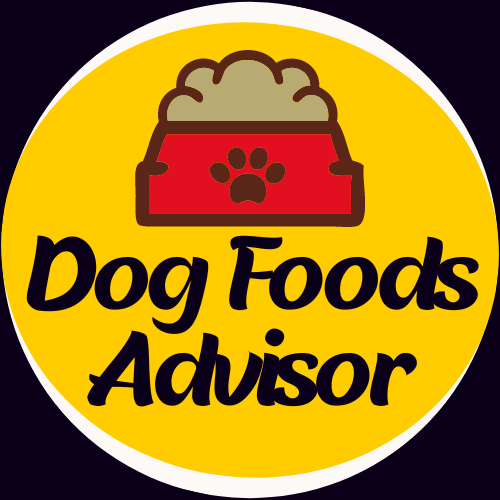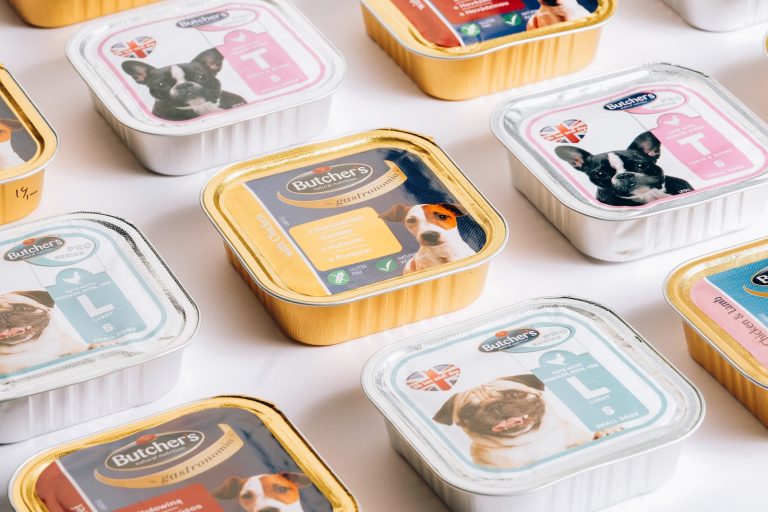The benefits and drawbacks of feeding your dog dry dog food
Looking for the best food to feed your furry friend? Dry dog food is one of the most popular options among pet owners, but is it always the right choice? While dry dog food has many benefits, such as convenience and affordability, there are also some potential drawbacks that you should be aware of.
We’ll explore both sides of the argument and help you decide whether or not dry dog food is a good fit for your pup. So sit back, grab a treat (or two), and let’s dive into this important topic!
Table of Contents
- What is Dry Dog Food?
- Benefits of Feeding Your Dog Dry Dog Food
- Drawbacks of Feeding Your Dog Dry Dog Food
- Recommended Brands & Types of Dry Dog Foods
- How to Introduce Your Dog to Dry Food
- Quality Control for Safe and Healthy Ingredients
Dry dog food is a type of commercial dog food that is made up of kibble, or dry, processed pellets. Dry dog food typically contains a higher percentage of protein than other types of commercial dog food, and it is often recommended by veterinarians as the best type of diet for dogs. There are both benefits and drawbacks to feeding your dog dry dog food, and it is important to weigh these factors when deciding whether or not to switch your pet’s diet.
What is Dry Dog Food?
Dry dog food, also known as kibble, is a type of commercial dog food that is made up of pellets or extruded pieces of cereal and other ingredients. The main difference between dry dog food and other types of commercial dog food is the amount of moisture content; dry dog food has very little moisture content while wet/canned dog food has a higher moisture content.
The benefits of feeding your dog dry dog food include:
- It is less expensive than wet/canned dog food.
- It has a longer shelf life than wet/canned dog food.
- It can help to keep your dog’s teeth clean and healthy.
The drawbacks of feeding your dog dry dog food include:
- Some dogs may not be as interested in eating dry dog food as they are in eating wet/canned food.
- Dry dog food does not contain as much moisture as wet/canned food, so it is important to make sure that your dog has access to plenty of fresh water.
- Dogs who eat dry dog food may be more likely to develop dental problems or other health issues later in life.
Benefits of Feeding Your Dog Dry Dog Food
One of the most significant benefits of feeding dry dog food is that it can help to improve your pet’s oral health. The crunchy texture of kibble helps to scrub away plaque and tartar from your dog’s teeth, and this can lead to fewer trips to the vet for dental cleanings. In addition, dry dog food is typically more affordable than wet or raw diets, and it has a longer shelf life.
Dry dog food has a number of benefits over other types of dog food. Perhaps the most obvious benefit is that it is much less expensive than wet food or raw food diets. Dry food is also very convenient – you can store it for long periods of time and it doesn’t require any special preparation. Additionally, dry food can help keep your dog’s teeth clean and healthy.
However, there are also some drawbacks to feeding your dog dry food. One is that it generally contains more fillers and artificial ingredients than wet or raw foods. Additionally, dry food can be harder for dogs to digest, which can lead to stomach issues. Finally, because dry food is so calorie-dense, it’s easy for dogs to over-eat and become overweight if they’re not properly monitored.
Drawbacks of Feeding Your Dog Dry Dog Food
One of the main drawbacks of feeding your dog dry dog food is that it can be very hard for them to digest. This is because the kibble is made up of mainly carbohydrates, which are difficult for dogs to break down. Additionally, dry dog food often contains fillers and preservatives that can be harmful to your dog’s health. Another downside to feeding your dog dry food is that it can be quite expensive, especially if you opt for a premium brand.
Recommended Brands & Types of Dry Dog Foods
There are a variety of dry dog foods on the market, and it can be difficult to determine which one is best for your pet. Here are some factors to consider when selecting a dry dog food:
- Protein content: Look for a dry food that is high in protein, as dogs need this nutrient for muscle growth and maintenance.
- Fat content: Choose a food that has an appropriate fat content for your dog’s life stage and activity level. Too much fat can lead to weight gain, while too little fat can result in poor coat condition.
- Carbohydrate content: Carbohydrates provide energy for dogs, but too much can cause obesity. Look for a dry food with moderate carbohydrate levels.
- Fiber content: Fiber is important for digestive health, so choose a food that contains adequate fiber levels.
There are many great dry dog foods on the market from reputable brands. Some of our favorites include Taste of the Wild, Orijen, Acana, Natural Balance, and Wellness Core.
How to Introduce Your Dog to Dry Food
If you are thinking of switching your dog to dry food, or have already made the switch, there are a few things you should keep in mind. The most important thing is to make sure that the transition is gradual. Sudden changes in diet can cause digestive upset in dogs, so it’s best to slowly introduce dry food over the course of a week or two.
To start, mix a small amount of dry food in with your dog’s regular wet food. Each day, increase the amount of dry food while decreasing the amount of wet food. Eventually, your dog will be eating entirely dry food.
Some dogs may take to dry food right away, while others may be hesitant at first. Be patient and continue with the gradual introduction process even if your dog doesn’t seem interested at first. With time and patience, most dogs will learn to enjoy their new diet!
Quality Control for Safe and Healthy Ingredients
In order to ensure that the dry dog food you are feeding your pup is safe and healthy, it is important to practice quality control. This means regularly checking the labels of the foods you buy, and making sure that they meet your expectations in terms of nutrition and safety.
When it comes to ingredients, you should always check to see that the first few listed are some form of meat or protein. There are a lot of plant-based proteins out there, but many dogs do not digest them as well as animal proteins. In addition, make sure that any meat listed is identified by its source – for example, “chicken meal” or “lamb meal”. This ensures that you know exactly what you’re feeding your dog, and increases the chances that they will be able to digest it properly.
You should also check the labels for any red flags, such as artificial colors or flavors, preservatives, or fillers. These ingredients are not necessarily harmful, but they may indicate that the food is not as high-quality as you would like. If you have any concerns about an ingredient, it is always best to consult with your veterinarian before feeding it to your dog.
By following these simple quality control measures, you can rest assured that the dry dog food you are feeding your pet is safe and healthy.
Conclusion
To sum up, there are both benefits and drawbacks when it comes to feeding your dog dry dog food. On the plus side, this type of food is convenient and cost effective. It’s also a great source of consistent nutrition for dogs!
On the other hand, dry food may not provide your pup with enough moisture or the variety they need in their diet. Ultimately, you should evaluate your own needs and preferences to determine if dry dog food fits into your routine – and will benefit both you and your furry friend!





